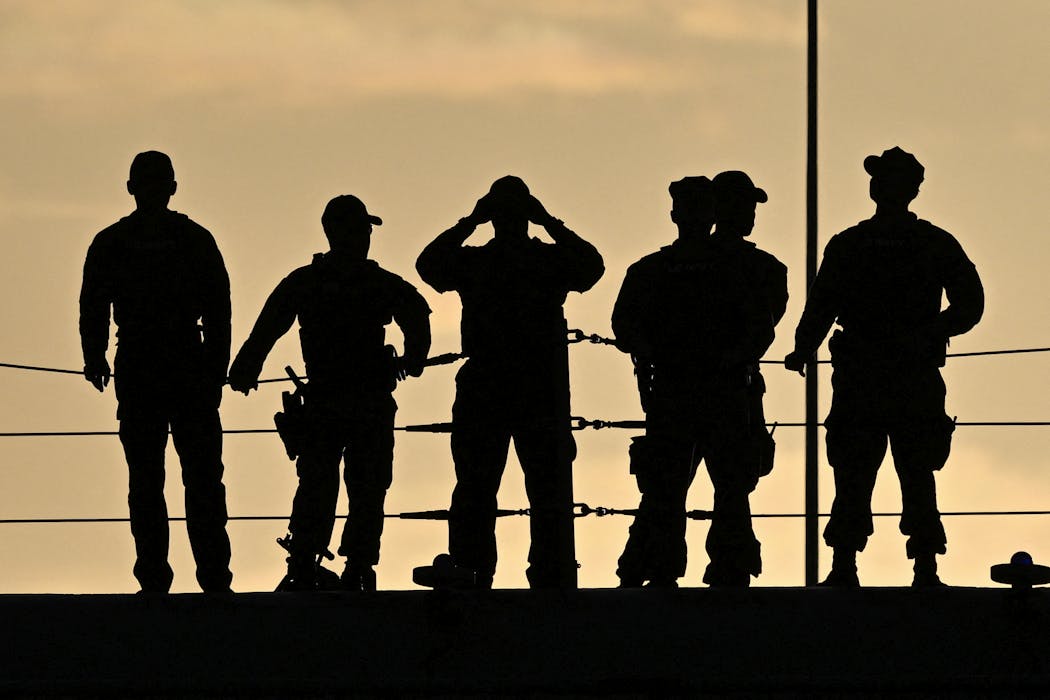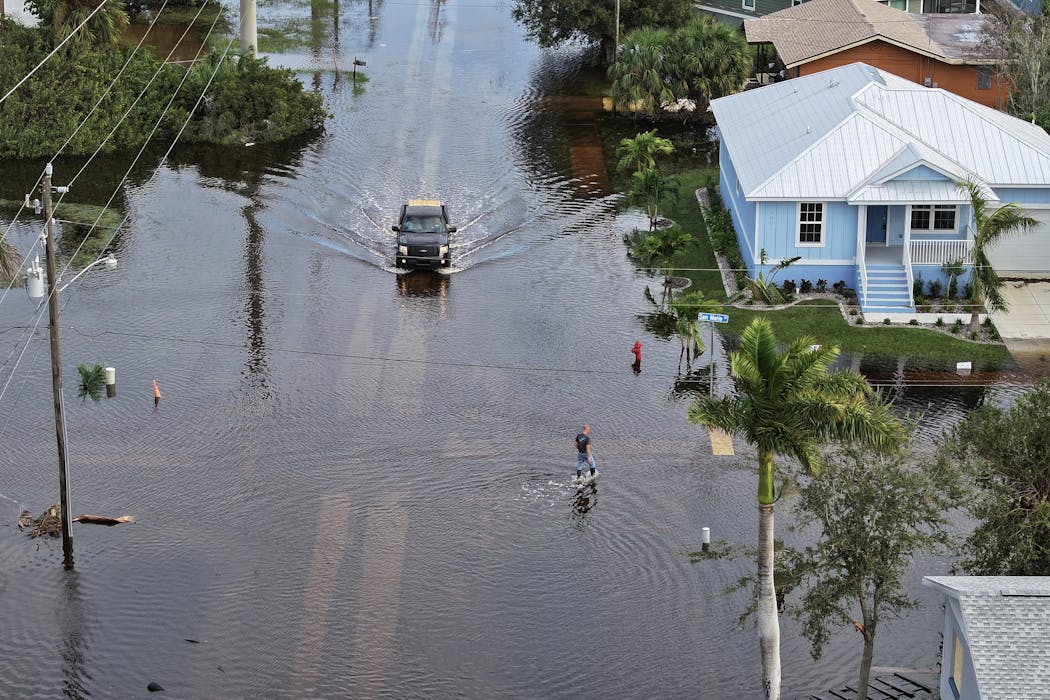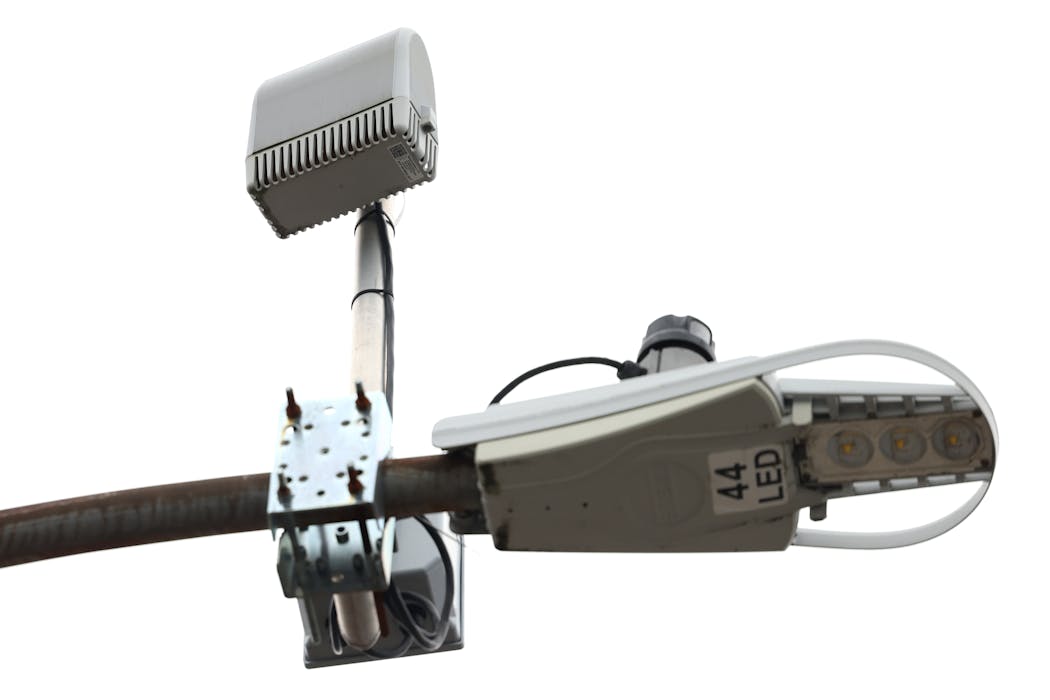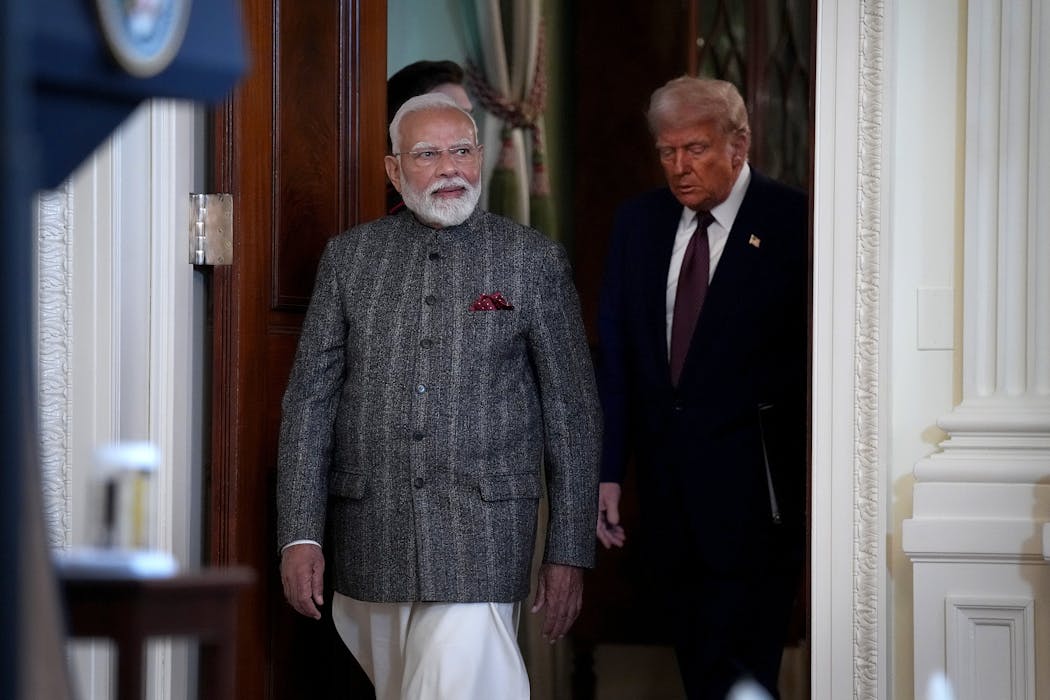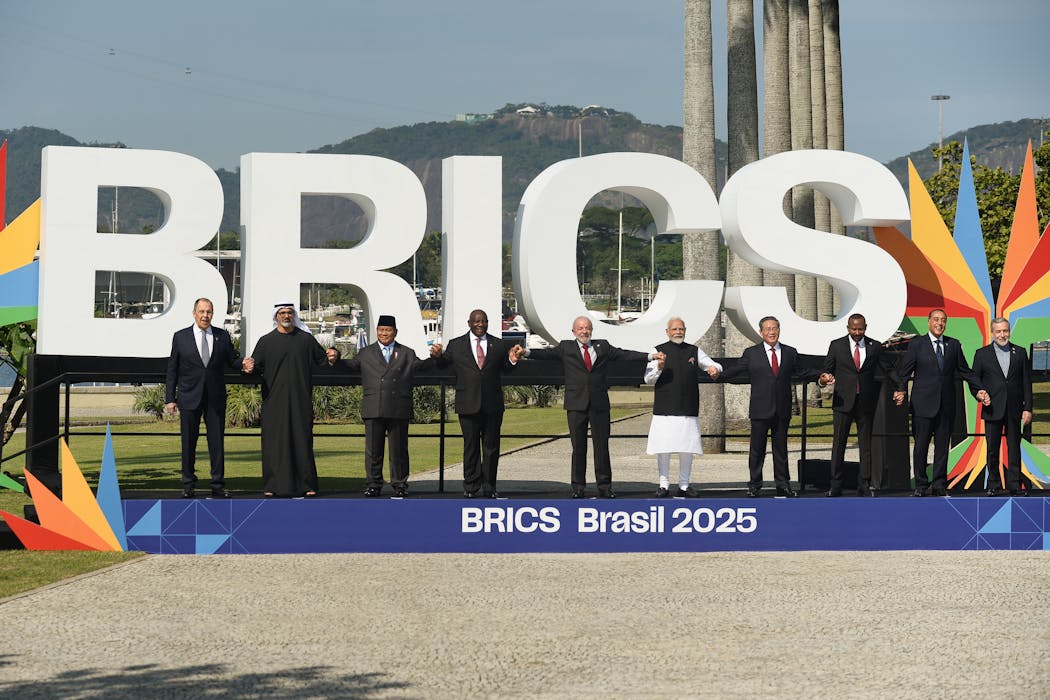The noodle-bowl effect: Australian trade is increasingly complex
 The China-Australia FTA is more important to Canberra than Beijing, placing China at a distinct advantage.www.shutterstock.com
The China-Australia FTA is more important to Canberra than Beijing, placing China at a distinct advantage.www.shutterstock.comFact: over 585 regional trade agreements have been signed. Almost 400 are already operating. Australia is a signatory to at least 12 of them.
An intricate web of cross-cutting free trade agreements (FTAs) forms the basis of Australia’s trade and investment partnerships throughout the Asia-Pacific region.
There will be more. At the Brisbane G20 an Australia-India FTA within 12 months was mooted. A prospective EU-Australia FTA was also on the agenda.
Over the last 40 years, Canberra has made a decisive shift in its foreign economic policy orientation from Europe to Asia. Australia has entered into a large number of regional, bilateral and plurilateral agreements since 1989.
The tilt to Asia
These profound changes were driven by necessity: the collapse of Australia’s terms of trade in the 1970s and 1980s; the disappearance of its traditional markets; a structural lack of competitiveness; and Asia’s rise as the driver of global economic growth.
In 1973, Britain entered the European Union and Australia’s exports to Britain evaporated overnight. Meanwhile, Japan emerged as the world’s second-largest economy and Australia’s biggest trading partner. However, between 1973 and 1983, Australia’s share of global exports halved, from around 1.9% to 0.9%.
For then treasurer Paul Keating, the options were stark: Australia had to develop a radically different approach to its international trade policy – or become a banana republic.
By 1984, the prime minister, Bob Hawke, and Keating had only the Australia-New Zealand Closer Economic Relations agreement to show for their efforts. A free-trade area between two medium-sized, sparsely populated economies was never going to sustain high living standards. The conventional economic wisdom was that Australia needed free-trade access to markets of at least 200 million consumers.
The late 1980s was an era of “reactive regionalism” and defensive “blocism”. The European Union sparked global fears of a “fortress Europe” with its 1987 Single Market program. In 1988, Washington reacted by hastily signing the CUSTA (later NAFTA) free trade agreement with Canada.
In 1989, the Hawke government commissioned Ross Garnaut to report on Australia’s economic future. Garnaut argued Australia should undertake a radical, unilateral trade liberalisation strategy and microeconomic reform.
The aim was to make Australian exports competitive in the East Asian tiger economies of Japan, China, South Korea, Hong Kong and Taiwan. These countries would become key consumers of Australian raw materials and value-added services such as education, tourism and financial services.
In response, the Australian and Japanese governments co-founded the Asia-Pacific Economic Cooperation (APEC) forum, which sought to liberalise trade throughout the region. APEC was only a qualified success in the 1990s, but it provided the impetus for wide-ranging bilateral, plurilateral and regional agreements throughout the Asia-Pacific.
By the early 2000s, Australia was riding the wave of the China boom with an unprecedented surge in the terms of trade. Japan was unable to shake off the Hansei recession of the 1990s, while Indonesia, Hong Kong, South Korea and Thailand struggled spectacularly in the aftermath of the 1997 Asian financial crisis.
The noodle bowl of trade agreements
The leading proponent of a liberal multilateral trade system, Jagdish Bhagwati, has long dismissed governments’ predilections for side-agreements and trade-distorting outcomes.
Bhagwati argues that multilateral trade agreements, administered by the World Trade Organisation (WTO), provide the greatest degree of market liberalisation and equity of access for all 160 WTO members.
Conversely, Bhagwati argues, piecemeal bilateral, plurilateral and regional trade agreements produce a “noodle bowl” effect. These cross-cutting agreements have different rules, tariffs and investment regulations. They also impose extra costs due to their complex administration.
Preferential trade agreements result in trade and investment diversion. They also result in negotiations between unequal partners: in Australia’s case, a China-Australia FTA is much more important to Canberra than to Beijing, placing China at a distinct advantage.
The death of multilateralism
The Millennium Round of WTO negotiations collapsed acrimoniously at the 2003 Cancún summit. Washington, Brussels and Tokyo discovered a new-found assertiveness in the BRICS capitals of Beijing, New Delhi, Brasilia and Johannesburg.
In the wake of this collapse, the world’s major economies scrambled to sign second-best agreements with their largest trading partners.
Australia signed a FTA with Singapore in 2003. Canberra, which had rejected the very concept of a US-Australia FTA in 1997, suddenly reconsidered; the government signed the AUSFTA in 2004. The next year, the Howard government started negotiations with China and signed a FTA with Thailand in 2007. In 2010, Australia and New Zealand acceded to the ASEAN-Australia-NZ FTA.
Although the Labor government abandoned the Australia-China FTA negotiations in March 2013, the Abbott government resumed talks in November that year. Despite dumping the Labor government’s Asian Century White Paper, this year the government has been on a virtual free-trade spending spree in Asia. Agreements have been signed with South Korea, then Japan. This month, the government announced the conclusion of free trade talks with China (ChAFTA) and an ambitious schedule to conclude an Australia-India FTA within 12 months.
Reality check: agreements alone don’t boost growth
FTAs usually deliver a “supply-side shock”. Products that were previously less competitive suddenly achieve consumer price points.
Australian exporters and firms will achieve greater access to China’s 1.3 billion-strong consumer market. However, they also need to be entrepreneurial. For example, the Australian dairy industry faces steep competition from New Zealand, while the US, Argentina and Uruguay are also positioning themselves aggressively within the sector.
Similarly, it is one thing to speak of pie-in-the-sky figures like 1 million head of cattle going to the Chinese market; it is entirely another matter to execute such an export strategy. Australian companies across all industries will need to be innovative and entrepreneurial to achieve critical mass and succeed in the Chinese market.
Agreements do not remove all barriers
“Behind the border” problems can blunt even the most entrepreneurial of enterprises. These include legal systems that are stacked against foreign firms, inadequate distribution networks and language problems. Google has made significant concessions to Beijing and is still only the number three search engine in China.
Under the Australia-Thailand FTA, Australia imports myriad car models assembled in Thailand. However, Ford Australia exports to Thailand, such as the Territory SUV, proved an unmitigated failure. This was due to punitive excise and value-added taxes rendering the SUV uncompetitive.
Australia’s Asia-Pacific FTAs are characterised by piecemeal liberalisation. The Japan deal cuts tariffs on beef now, but the big 50% tariff cut will take 18 years. The Singapore-Australia FTA does not include agriculture.
ChAFTA will remove tariffs on products like beef, seafood, wine, wool, dairy and pharmaceuticals. Yet Australian rice and wheat producers don’t benefit directly from the agreement. However, ChAFTA will eliminate all tariffs on Australian energy and resources exports.
Clearly national interests prevail. China benefits by removing barriers to the commodities it needs most: energy, resources and raw materials.
Investment in Australia
The AUSFTA controversially lifted the threshold of US foreign investment in “non-sensitive sectors” to $800 million. ChAFTA gives Beijing the right to invest up to US$1 billion without facing a Foreign Investment Review Board (FIRB) veto.
In reality, the FIRB rejects a very small number of foreign investments. However, the relaxation of investment rules has resulted in criticism from domestic groups concerned about foreign ownership in sectors such as real estate and agriculture.
Chinese and Indian investment has grown rapidly in recent years, but India’s investment in Australia lags, ranking only 19th in 2013. China has risen to 8th position, but still lags behind Switzerland and the Netherlands (Hong Kong is categorised separately).
Although the US is a highly liberalised investment market, both China and India are relatively closed by comparison. Australian investment in China under the FTA is likely to expand in sectors such as tourism, where 100% foreign ownership is a rare exception permitted by Beijing.
The Trans-Pacific Partnership
The Trans-Pacific Partnership (TPP) is probably the most controversial agreement that Australians have never heard of. Negotiations, under tight secrecy, are taking place between 12 unlikely allies including Australia, the US, Japan, Brunei, Peru and Vietnam. One round of negotiations took place in Sydney in October 2014.
The TPP envisages an agreement that will include “comprehensive market access” to eliminate both tariff and non-tariff barriers to trade and investment and remove restrictions on services.
Trade is one thing, but Washington is particularly interested in intellectual property protection. Internet piracy has cost Hollywood, software developers and the US music industry countless billions. Make no mistake: if TPP goes ahead, Australians will no longer be casually downloading Mad Men and Game of Thrones from the Pirate Bay.
Medicine costs and the Australian Pharmaceutical Benefits Scheme were controversial elements of the AUSFTA. Evidence since 2005 suggests pharmaceutical prices have risen, with costs accruing to both the Commonwealth budget and end users.
Leaked drafts of the TPP show the federal government is vacillating in its support for pharmaceutical patent protection. Watch this space. And take a Valium.
But nothing trumps the TPP’s most controversial aspect: Investor-State Dispute Settlement (ISDS). This gives corporations the right to seek legal remedies and restitution in independent fora if national laws and regulations are deemed to have unduly affected or discriminated against a corporation.
This has led to Philip Morris tobacco suing the Commonwealth government (from Hong Kong) in relation to plain-paper cigarette packaging. The claim is on the grounds of “an expropriation of its Australian investments". There is a related WTO case under way that challenges the Australian legislation.
Firms make ambit claims like this and fail frequently. However, some critics argue that ISDS procedures make governments afraid to legislate in controversial policy areas for fear of lengthy and unpredictable litigation.
Next stop: Europe
Under the Rudd government, Australia and the EU signed the Partnership Framework Agreement. At the Brisbane G20, the EU Council President commented that the EU-Australia full Framework Agreement was a first priority.
One initiative at the G20 summit was German Chancellor Angela Merkel and Prime Minister Tony Abbott’s establishment of a Australian-German joint working group. The aim of this group is to strengthen the bilateral relationship, as well as explore the feasibility of further developing EU-Australia economic relations.
The federal government recognises the missing link in its network of FTAs is the European Union, the world’s largest single market and Australia’s biggest investment partner. However, the government will not turn its attention to an EU-Australia FTA until the major Asian FTAs are settled.
Remy Davison's Chair is funded by the EU Commission.
Read more http://theconversation.com/the-noodle-bowl-effect-australian-trade-is-increasingly-complex-34422



